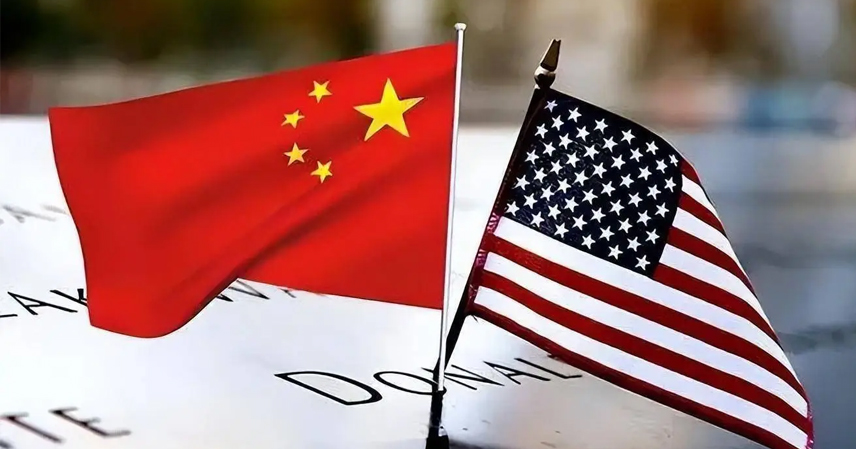A New Phase: From Tariffs to Narratives
After years of tariffs, sanctions, and countermeasures, the U.S.-China trade war has quietly entered a new phase. The real competition is no longer about trade balances or import duties — it is about shaping global perception. While Washington claims economic victory through a soaring GDP narrative, its underlying numbers reveal growing contradictions that expose deeper structural weaknesses.
On paper, U.S. GDP continues to surge, reportedly surpassing $30 trillion in 2025 — exceeding the combined totals of China, Germany, and Japan. Yet, behind this glossy figure, America’s manufacturing share has fallen to 13–15%, and non-farm employment data keeps being revised downward. Even inflation metrics appear inconsistent with real-life price pressures felt by ordinary citizens. The gap between official statistics and daily experience suggests that Washington’s “growth story” is being artificially maintained.
The GDP Illusion and the AI Bubble
Why does the U.S. need to sustain such an image of unstoppable growth?
Because the illusion of economic dominance has become a critical weapon in America’s ongoing information warfare.
The U.S. government understands that it can no longer rely on traditional economic tools to suppress China. After the Trump administration’s aggressive tariff policies backfired, Washington resorted to financial restrictions and tech sanctions — only to face China’s rare-earth technology countermeasures and rapid progress in semiconductors. Once the U.S. realized that extending the trade war into a “3.0 phase” would expose the fragility of its GDP narrative, it shifted the battlefield from industry to ideology.
The case of NVIDIA’s meteoric valuation rise — from $300 billion to $4 trillion in just three years — perfectly illustrates this bubble economy. America’s AI-driven market hype has become the backbone of its “GDP miracle.” But the logic is simple: once the AI bubble bursts, the illusion of U.S. economic supremacy will collapse with it.
Why Cognitive Warfare Matters to the U.S.
Over the past seven to eight years, the trade war has ironically accelerated the migration of real manufacturing power to China, while the U.S. has drifted deeper into speculative finance and digital capital. Washington’s last traditional weapon — the semiconductor chokehold — is losing potency as China’s tech sector catches up and retaliates with resource controls.
The U.S. still holds potential “nuclear options” such as excluding China from the SWIFT payment system or coordinating global investment sanctions. But these are too risky to deploy — such moves could instantly destabilize the U.S.-led financial order itself. Even close allies like Canada and Australia are hedging their bets, quietly diversifying their economic ties toward China.
In this context, America’s current objective is clear: win the battle of perception, not production. By convincing the world that the U.S. remains the “unchallenged global leader,” Washington hopes to buy time — time to monetize the AI boom, reset the value of the dollar, and delay the inevitable erosion of its industrial base.
Conclusion
The trade war may have reached its “garbage time”, but the cognitive war is only beginning. The U.S. is now fighting to preserve an image — not an economy. In the coming years, whether Washington’s narrative control can withstand the growing contrast between data and reality will determine the future of global power perception.
Disclaimer: The views expressed in this article are for analytical discussion only and do not represent political bias or advocacy.
References:
- U.S. Bureau of Economic Analysis (2025 GDP data).
- China Ministry of Commerce reports (2025).
- Market data from Bloomberg and Financial Times, 2025.



